Scientist of the Day - Augustin-Pyramus de Candolle
Augustin-Pyramus de Candolle, a French botanist, died Sep. 9, 1841, at the age of 63. De Candolle is usually described as the greatest botanist in France in the first third of the 19th century, and much of his reputation stems from his work in plant taxonomy and his rejection of the Linnean sexual system – very important work, but not of much interest to the non-specialist. Fortunately, De Candolle wrote one paper (that was then published in book form) that is not only highly praised, but understandable to the rest of us.
As a paper, it was called “Géographie botanique,” and it appeared in 1820 in vol. 18 of a new 60-volume French encyclopedia called Dictionnaire des sciences naturelles, edited by Frédéric Cuvier, the younger brother of the renowned Georges Cuvier (second image). De Candolle’s paper was then issued as a separate monograph almost immediately, as Essai elementaire de géographie botanique (Elementary Essay on Botanical Geography, 1820). We have a complete set of the Dictionnaire in our library, but not the monograph, so our references and images will be to De Candolle’s 1820 paper.
This is one of the fundamental publications in the new field of phytogeography, the geographical distribution of plants, which is a sub-discipline of biogeography, the study of the geographical distribution of organisms. Plant geography was essentially invented by Alexander von Humboldt, who pointed out that the plants growing in a particular location depends not only on soil, temperature, and rainfall (Linnaerus had noted this in 1760), but also on latitude and many other factors, such as total sunlight, and average humidity. Fittingly, De Candolle’s paper is followed immediately in the Dictionnaire by an extract from Humboldt’s Géographie des plantes (fourth image).
De Candolle adopted Humboldt’s approach enthusiastically, but with added insights. In his 1820 paper, De Candolle defined several terms that would be readily taken up by later naturalists. First of all, he distinguished between, stations and habitations, which were often confused by his predecessors. A station refers to a local environment, such as a marsh, or a desert, or an alpine tundra (fifth image). It is, in fact, an ecological distinction, and in modern ecological terminology, Candolle's station corresponds to what we would call a habitat. A habitation, however, is a geographical term, and refers to a region that is geographically distinct and removed from another habitation (sixth image). We would now use the term biological province rather than habitation. What is interesting about a station, says Candolle, is that, theoretically anyway, we can completely understand it. The animals and plants that inhabit a station are determined by the climate, the soil, the rainfall, the sunlight, and myriad other factors. But none of them are beyond our understanding – there is nothing mysterious about a station.
Habitations, however, are perplexing. Two habitations can be similar, even identical, such as equatorial South America and equatorial Africa, and yet they will be occupied by completely different species of animals and plants. South America and Africa share hardly any species, even though they have many similar stations within their boundaries. Why is that? De Candolle was the first to point out that this is a problem, perhaps the problem in contemporary natural history. It used to be thought that species were designed to fit particular habitations, but clearly, they were not. This will later be termed the "mystery of mysteries" by the philosopher John Herschel, because our understanding of habitations depends entirely on our understanding of the origin of species, and in 1820, that was not understood at all.
When HMS Beagle left for South America in 1831, with Charles Darwin on board, the small ship’s library included not only the Dictionnaire des sciences naturelles, but the separate De Candolle monograph, Essai elementaire de géographie botanique. Moreover, after the voyage was underway, Darwin received the second volume of Charles Lyell’s Principles of Geology, which has an extensive and enthusiastic discussion of De Candolle’s writings on phytogeography. So Darwin was doubly exposed to De Candolle’s thoughts on stations and habitations, and they influenced him profoundly as he tried to understand why two habitats that are similar in every way, such as the Galapagos Islands and the Cape Verde Islands, should have completely unrelated species of animals and plants. And he would ultimately do so, with his theory of evolution by natural selection. In a very real sense, the Origin of Species is the solution to the questions raised by De Candolle's Essai elementaire de géographie botanique.
We have five other works by De Candolle in our collections, including his prodigious Prodromus systematis naturalis regni vegetabilis, a 17-vol. work begun by Augustin in 1824 and finished by his son Alphonse in 1873, and his illustrated Icones selectae plantarum (1820-46). We include two portraits of De Candolle here, one that is in the Library at Kew Gardens, showing him as a young man (first image), and another, depicting the more mature scholar, also undated, an engraving in the Wellcome Collection in London (seventh image).
William B. Ashworth, Jr., Consultant for the History of Science, Linda Hall Library and Associate Professor emeritus, Department of History, University of Missouri-Kansas City. Comments or corrections are welcome; please direct to ashworthw@umkc.edu.

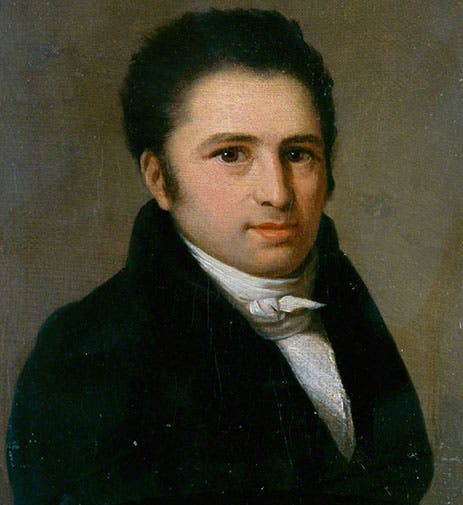
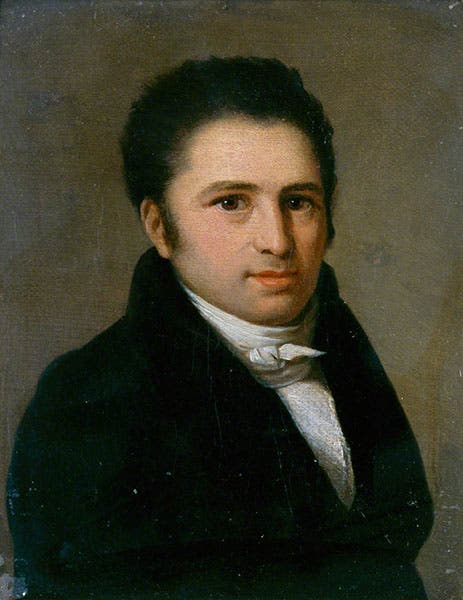
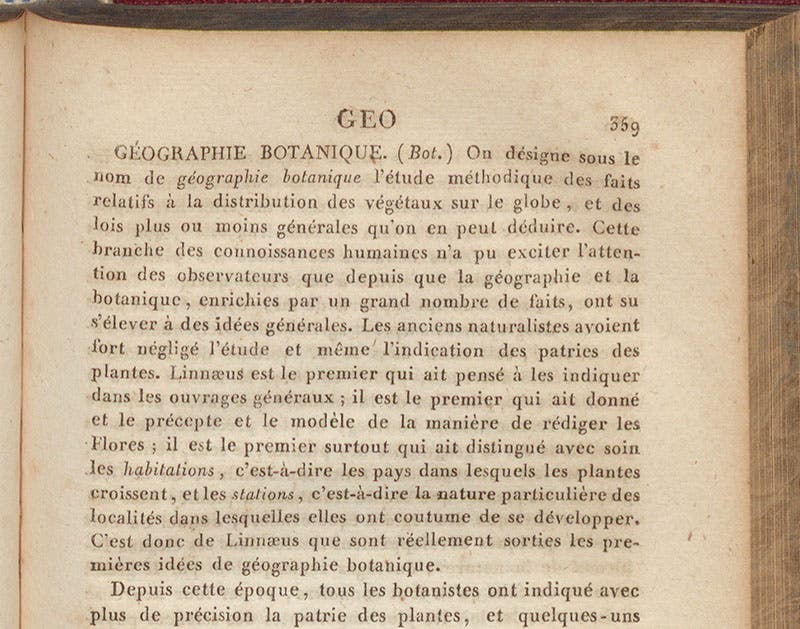
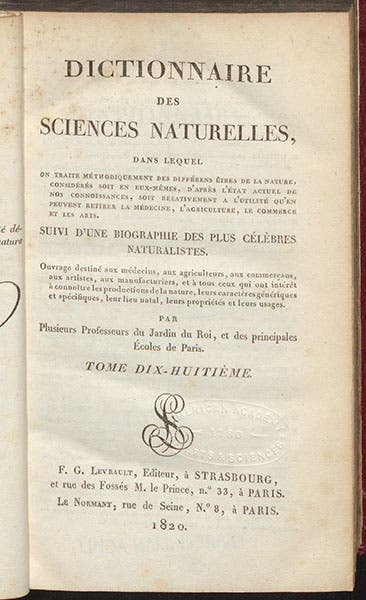
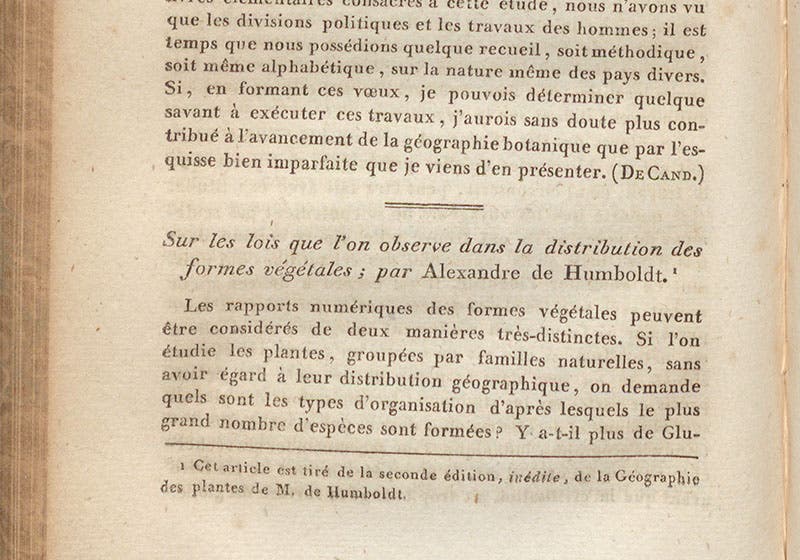
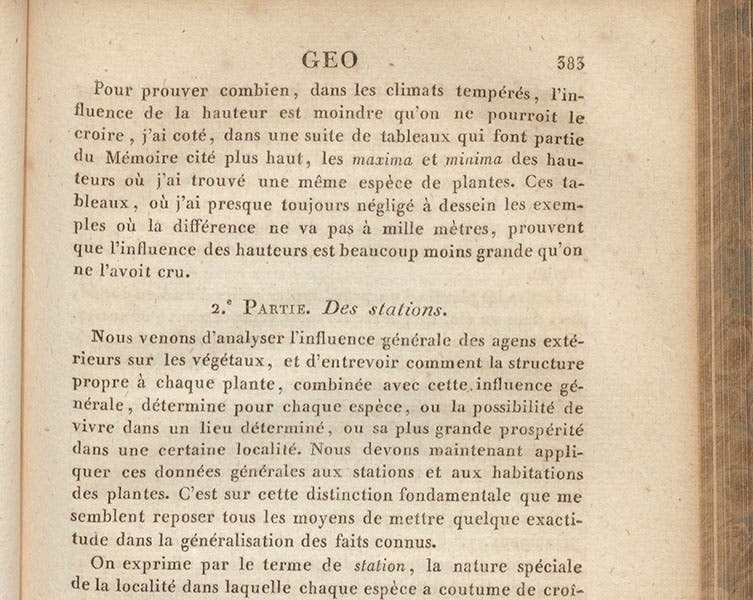
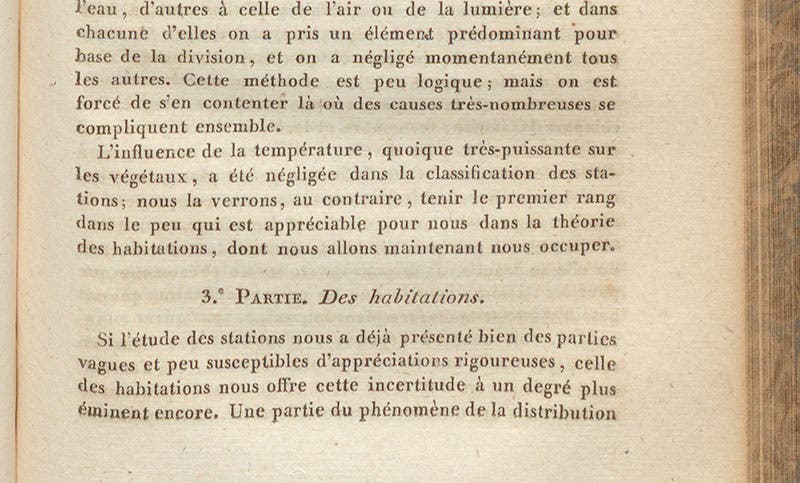
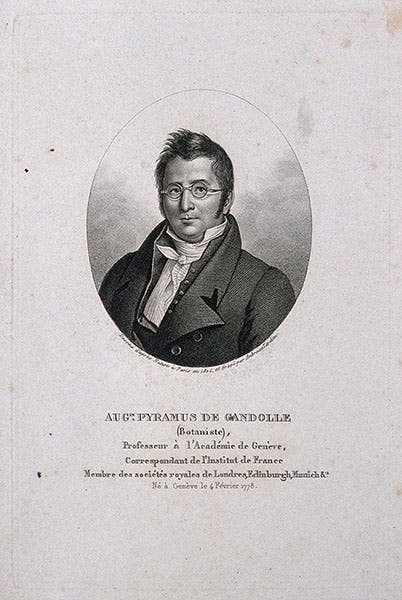


![Using an astrolabe to measure the depth of a well, woodcut in Elucidatio fabricae vsusq[ue] astrolabii, by Johannes Stöffler, 1513 (Linda Hall Library)](https://preview-assets-us-01.kc-usercontent.com:443/9dd25524-761a-000d-d79f-86a5086d4774/a998eb50-55d2-4a88-ace2-a50aa5fa86e7/Stoffler%201.jpg?w=210&h=210&auto=format&fit=crop)

